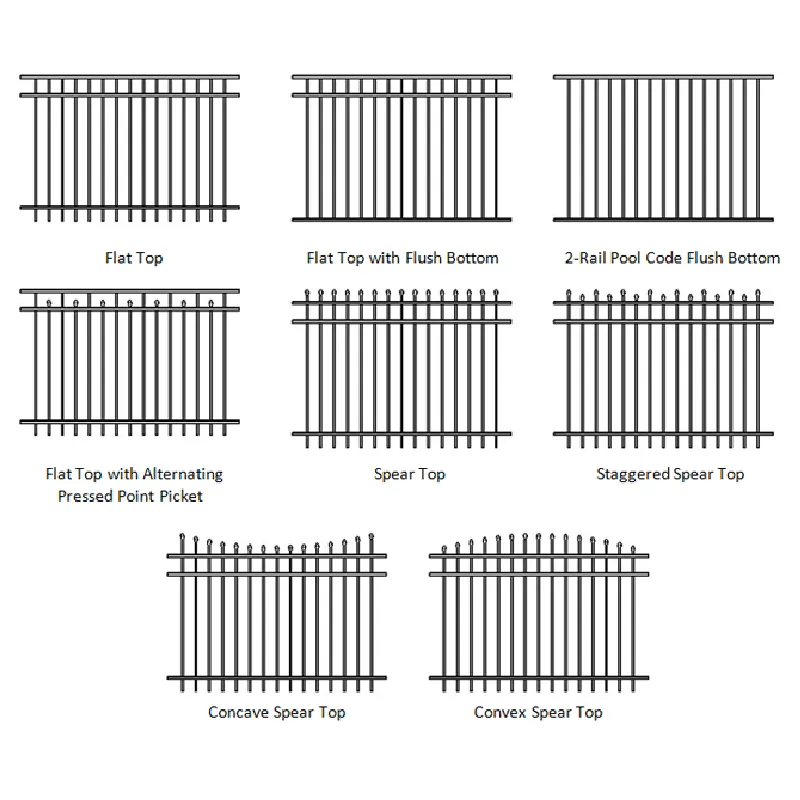The Versatility and Benefits of Gabion Box Walls
In recent years, architectural and landscaping trends have increasingly leaned towards sustainable and innovative design. One such method that has gained popularity is the use of gabion box walls. These construction elements, made from wire mesh filled with rocks, stones, or other materials, offer an environmentally friendly and aesthetically versatile solution for both commercial and residential projects.
What Are Gabion Box Walls?
Gabion boxes are rectangular or square cages made from durable wire mesh. They are typically filled with local materials such as stones, gravel, or even recycled concrete. Once filled and secured, these boxes can be stacked to create walls, terraces, and other structures. The design allows for flexibility in size and appearance, making them suitable for a wide range of applications.
Key Benefits of Gabion Box Walls
1. Eco-friendliness One of the most significant advantages of gabion box walls is their sustainability. The materials used for filling can often be sourced locally, reducing transportation emissions. Additionally, gabions can be filled with recycled materials, promoting waste reduction and environmental responsibility.
2. Erosion Control Gabion walls are particularly effective for controlling soil erosion. The gaps in the stone-filled cages allow water to flow through, reducing pressure and minimizing runoff. This drainage ability helps maintain soil integrity and protects crops, roads, and other structures from the detrimental effects of erosion.
gabion box wall
3. Aesthetic Appeal Gabion box walls can be tailored to suit various design aesthetics, from rustic to modern. The choice of fill material can significantly influence the overall look. Whether using smooth river stones for a sleek appearance or rough-cut granite for a more rugged texture, the visual possibilities are nearly endless. They can also be planted with vegetation, enhancing their natural integration into the environment.
4. Cost-Effectiveness Compared to traditional retaining walls constructed from concrete or stone, gabion walls can often be a more economical choice. Their construction typically requires less labor and can be completed more quickly, leading to reduced project timelines and labor costs. Furthermore, the materials used for filling are often more affordable than manufactured stones.
5. Structural Integrity Gabion walls are known for their strength and durability. When properly constructed, they can withstand extreme weather conditions, including heavy rains and high winds. Their design allows for some movement without compromising structural stability, making them an ideal choice for areas prone to shifting soils or seismic activity.
6. Drainage and Filtration Besides their effectiveness in controlling erosion, gabion walls assist in managing stormwater runoff. The open structure allows water to seep through, which prevents the accumulation of excess water and reduces the risk of flooding. Additionally, the filtration process can improve water quality by allowing sediment to settle out of the water.
7. Versatility Gabion box walls are suitable for a range of uses, from garden borders and noise barriers to retaining walls and decorative features. Their adaptability makes them an appealing option for landscape designers and architects seeking to create functional yet attractive spaces.
Conclusion
Gabion box walls are an excellent choice for environmentally conscious design and construction. They offer a range of benefits, including sustainability, aesthetic flexibility, cost-effectiveness, and structural integrity. As the world continues to prioritize environmentally friendly solutions, gabion walls are likely to gain even more popularity in both residential and commercial applications. Whether it's for erosion control, landscaping, or architectural innovation, gabion box walls prove to be a practical, attractive, and sustainable solution. Embracing this natural building technique can pave the way for a greener, more aesthetically pleasing environment.























